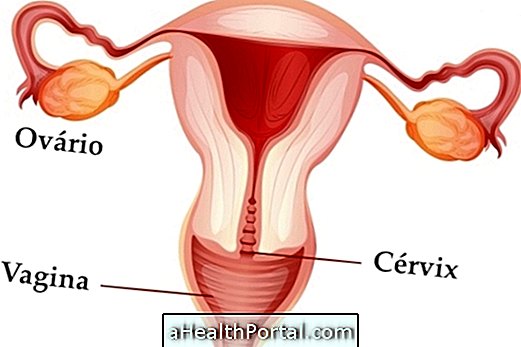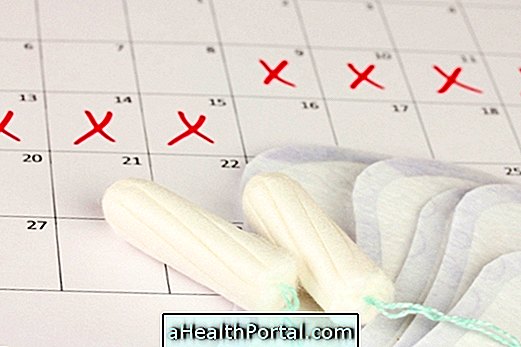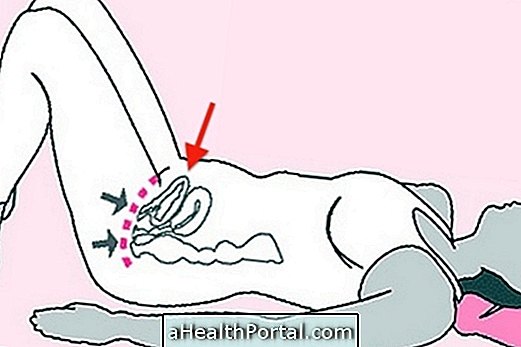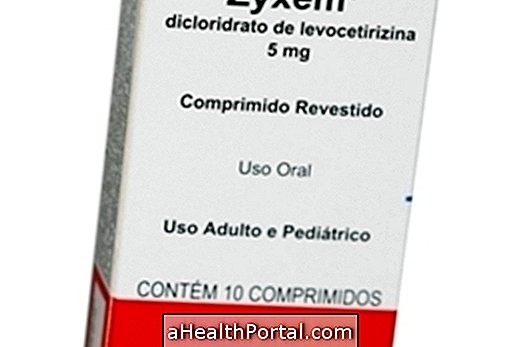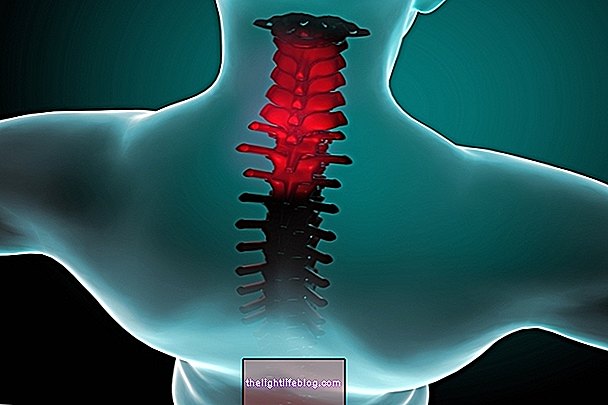Common menstrual changes may be related to the frequency, duration, or amount of bleeding that occurs during menstruation.
Usually, menstruation decreases once a month, having an average duration of 4 to 7 days and arises in adolescence, ending at the onset of menopause.
However, some changes may occur, and some of the most common ones include:
1. Late menstruation
Delayed menstruation occurs when a regular menstrual period, usually 28 days, menstruation does not go down on the expected day, and may indicate that the contraceptive method is not working as expected or in some cases may indicate pregnancy. Read more in: Late menstruation.
2. Dark menstruation
Dark menstruation is usually the loss of blood similar to coffee grounds and is in small quantity. In most cases, it does not indicate any problems, appearing at the beginning and the end of the menstrual cycle in women who have a regular menstruation.
However, in some cases it may occur when the woman switches contraceptive pill to another, took the morning-after pill or is the result of stress. Learn more at: When dark menstruation is a warning sign.
3. Irregular menstruation
Irregular menstruation is characterized by menstrual cycles that can vary from month to month between 21 to 40 days, making it more difficult to calculate the fertile period and to know when menses go down.
When the girl menstruates for the first time it is normal that during the first months the menstruation is irregular. Know more causes that can lead to irregular Menstruation.
4. Menstruation in low quantity
A small amount of menstruation is normal in the woman who takes contraception and in most cases does not indicate any gynecological problems. However, if the woman is absent from menstruation, known as amenorrhea, she should go to the gynecologist because it can be indicative of some problem or sign of pregnancy.
5. Heavy Menstruation
Abundant menstruation is when the woman has a high blood loss, using more than 4 dressings daily in 24 hours. In these cases, it is important to go to the gynecologist, because excess blood loss can lead to anemia, causing symptoms such as fatigue and tiredness. Learn how to treat in: Menstrual bleeding.
6. Very short menstruation
The duration of menstruation is about 4 days, but it can be only 2 days or persist for up to a week, depending on the woman's body. Usually, if you persist for more than 8 days, you should go to your gynecologist, especially if your blood loss is plentiful.
7. Painful menstruation
Menstruation can cause some pain in the abdomen, scientifically known as dysmenorrhea, but when it is very intense it can indicate problems like endometriosis or polycystic ovaries, for example and in these cases it is important to go to the gynecologist.
8. Menstruation with lumps
Menstruation can come down with lumps, which are blood clots, but this situation is usually normal and does not need treatment because it arises due to an imbalance in the woman's hormones. However, in some cases it may be indicative of problems such as anemia or endometriosis. To know other causes read more at: Why menstruation came with chunks ?.
9. Loss of blood between menses
Hemorrhage between menses, known as metrorrhagia, can occur when a woman often forgets to take the contraceptive pill, deregulating the menstrual cycle. However, it is important to go to the gynecologist to evaluate the case.
10. Prolonged menstruation
Prolonged menstruation, which lasts for more than 10 days, can be caused by diseases such as endometriosis or myoma and can cause anemia leading to dizziness and weaknesses and therefore should be treated with the medications prescribed by the gynecologist.
All changes may be normal or indicative of problems such as hormonal changes, normal to puberty, caused only by stress or thyroid diseases that alter the balance of hormones or even by specific problems of the female reproductive system, such as malformations or endometriosis.
Therefore, it is very important that in the presence of these changes, the woman always consult a gynecologist to evaluate the cause and, if necessary, initiate the best appropriate treatment.
Find out when you need to go to the doctor on: 5 signs that you should go to the gynecologist.

